What do you get when you offer an all-no-reserve single-owner collection of excellent consignments at a French racecourse? As RM Sotheby’s found out on November 19, the answer is a sales total in excess of €39.5m.
Jean Guikas got his start running his family’s shipping business, but later struck out on his own in the classic car world, founding GTC in 1989 — a company that built its reputation on buying and selling some of the greatest collector cars available. As such, Guikas’ own personal collection of classic cars was discriminating and thoughtful — a perfect storm in this market.
Collection sales often do well because they’ve been curated, and that was particularly true here for RM Sotheby’s at the Paul Ricard Circuit — where many of the road and race cars on offer were demonstrated as part of the sale. That, too, played a part here. As we mentioned in Linkage #004, the sound and the fury can power some real enthusiasm at sale time.
The Basics: 77 cars offered/sold, all at no reserve. €39,532,700 / $44,557,306.
Here are five lots from the sale that you should know about.
—
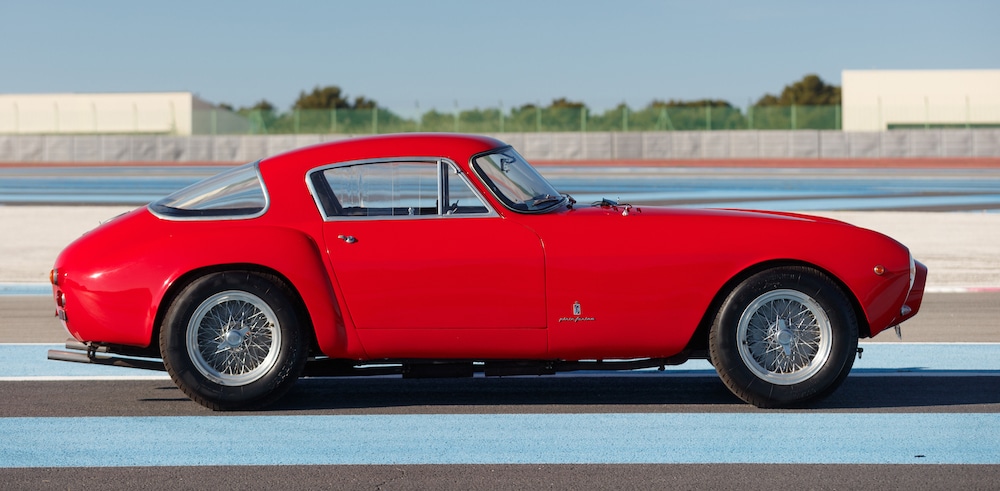
1955 Ferrari 250 GT Berlinetta Competizione by Pinin Farina
Lot 152, #3- condition
S/N: 0385 GT
Sold price: $6,979,566 (€6,192,500)
The Basics:
One of six built, and one of three with Pinin Farina coachwork similar to what you might find a 375 MM. This is the TdF before there was a TdF — this is the prototype of the TdF run. Older restoration by Ferrari (completed 1977), retains matching numbers engine, gearbox and rear axle. Originally silver, now red. Not dirty, but clearly aged and used.
Pickering says:
Ferrari sports racers from the 1950s have had a long run in the sun, and for good reason — these cars set the pace of their era, and their performance and scarcity has had a huge impact on values. That said, cars such as these are hand-built individuals, and desirability comes down to much more than year/make/model. Provenance is key for valuation, along with originality.
Notice I didn’t say “condition” this time. This sale highlights how that can sometimes be true.
This was the top sale of the Guikas Collection sale, and I think the money was right, even if it was lower than the optimistic $8m to $10.5m estimate.
This car is a prime candidate for concours honors in a few years’ time, after a bunch of resto work sets it right. The price paid here bought the car’s identity and the car’s potential — but more will be required before it hits a lawn somewhere. Paint, resto work, etc — in a sense, those are just details on a car at this level — particularly when it’s a running, driving, living example already. But those things factored into the value here.
The car itself is rare and interesting, but so too was this opportunity — a chance at a longtime untouched blue-chip with the right pedigree. Where it goes from here is up to the new owner, but don’t be surprised to see it much tidier and wearing its original silver soon.
—
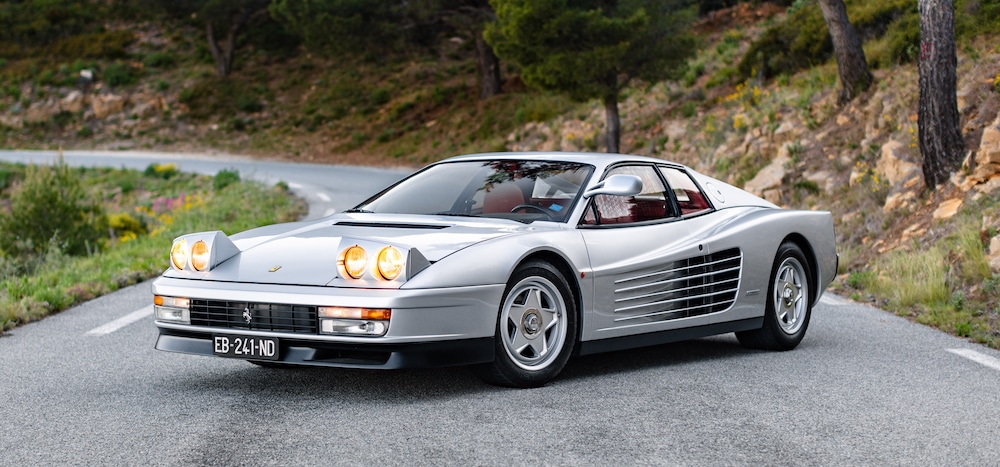
1986 Ferrari Testarossa
Lot 154, Condition: 3+
S/N: ZFFTA17B000063909
Sold price: $322,632 (€286,250)
The Basics:
Early example with the single high-mount side mirror (monospecchio) and single-lug wheels (monodado). It’s one of six in this color and configuration, but it was painted yellow at one point. Came to the Guikas Collection in 2015 and has good service history, including a gearbox rebuild in 2008 and some significant other reconditioning in 2016. Shows just under 53,000 km. Tool roll, jack, owners manual, and Ferrari Classiche Red Book included.
Pickering says:
I’ll spare you the poster references on this one, but I think this should serve as further proof that the market is shifting its interest into younger models. Did you need more proof of that?
This car brought serious money for a Testarossa — especially one that’s showing some real mileage, has been painted at least twice and needed a gearbox rebuild. Then again, service history is sort of a touchy thing with exotic cars from this era. It’s a case of more is better, even when it suggests significant past use. A no-miles supercar from the dawn of the digital age may be more of a liability than a bonus, at least for some buyers.
Just as a reference, the highest other recent sale was at Gooding Pebble Beach in 2021, when a similar ’86 did $235,200. This RM Sotheby’s sale is a record price for the model.
Pluses here were many — early home-market car, good classy colors (that aren’t red/tan), nice options and it came from a highly regarded collection. That last part can’t be discounted — collection sales often pump up prices due to the previous vetting (or sometimes the assumption of previous vetting) of the cars included, and that worked well for RM Sotheby’s here.
Keep an eye on Testarossas as we roll into 2022. This could be a signal that they’re poised to move again, or this could be just evidence of a pair of bidders both willing to push the market level for a car with the right provenance.
—
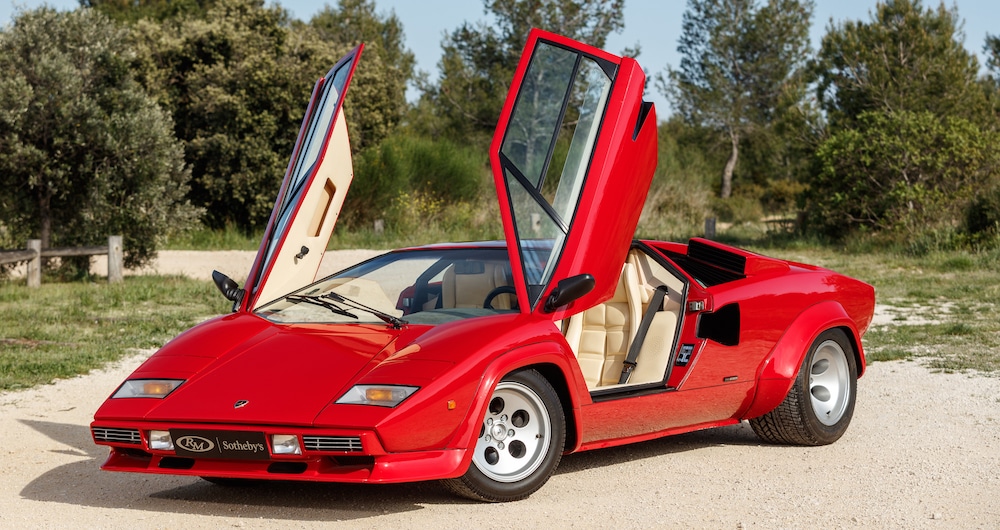
1981 Lamborghini Countach LP400 S
Lot 176, Condition: 3+
S/N: 1121296
Sold price: $487,470 (€432,500)
The Basics:
One of 105 Series II LP400 S versions with desirable low suspension. Originally finished in this red over tan configuration, and said to be mostly unrestored save for an engine rebuild when still with its first owner. Mr. Guikas was the fourth owner from new — he bought the car from RM Sotheby’s London sale in 2015 for $401,674 (£263,200). Shows a few honest age-related cosmetic issues inside and under the hood.
Pickering says:
I hate to use a Countach as a counterpoint, but I think this car is a good example of how the market is being careful with its expansion — in fact, I think this tells us more about the Testarossa I covered above than it does about the Countach market.
This was a good example of a desirable car in clean — but not perfect — shape, and it sold in the right range with a bit of a bump for the collection it came from.
Note that not all Countaches are equal — the earlier examples, such as the one offered here as lot 155, are worth considerably more than this later car. Still, this car brought a market-plus price here that lines up well with what I would have expected from a clean collection piece. To me, that’s a good sign that poster cars are still doing well — but as that Testarossa shows, some can do better than others.
—
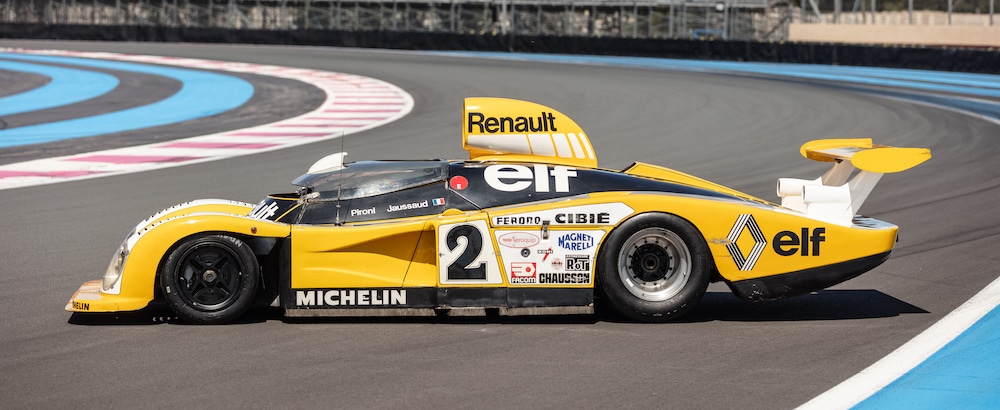
1976 Renault-Alpine A442
Lot 135, Condition: 3+
S/N: 4422
Sold price: $2,541,610 (€2,255,000)
The Basics:
One of four built, and the only example outside of factory hands. Ran in the 24 Hours of Le Mans in 1977 and 1978 — and is one of three that raced in the ’78 event, which earned Renault its first victory. After appearances at Imola, Le Mans, Monza and Mosport, it was on display at Musee de l’Automobiliste in Mougins, FRA for 25 years. As such, this car is unchanged from when it raced.
Pickering says:
Racers are often tough to value, as there are a lot of factors at play, from race history to current condition and overall usability. That said, when we start talking about rarity combined with notable successes on the world stage, the price climbs — especially when it’s French company Renault’s first and only victory at the globally-known French event.
That’s where we are with this Renault-Alpine, which was among the first built after Renault, Alpine and Gordini joined forces. It went toe-to-toe with Porsche’s 936, running faster down the Mulsanne Straight in the process.
There’s no doubt that this car ran in the 1978 Le Mans 24 Hours, but there is some question as to whether or not this is the winning car — Renault says no, but Pierre Abeillion was in a position to see all four cars and compared them to period photos, with this one having an identical rivet pattern over the pedal box to the winning car. Of course, that’s up to the new owner to sort out for sure, but it’s compelling — and I think a value-adding element here.
As for the price, it comes down to rarity, provenance and condition. This had all three, along with the possibility of vintage racing glory still in its future.
–
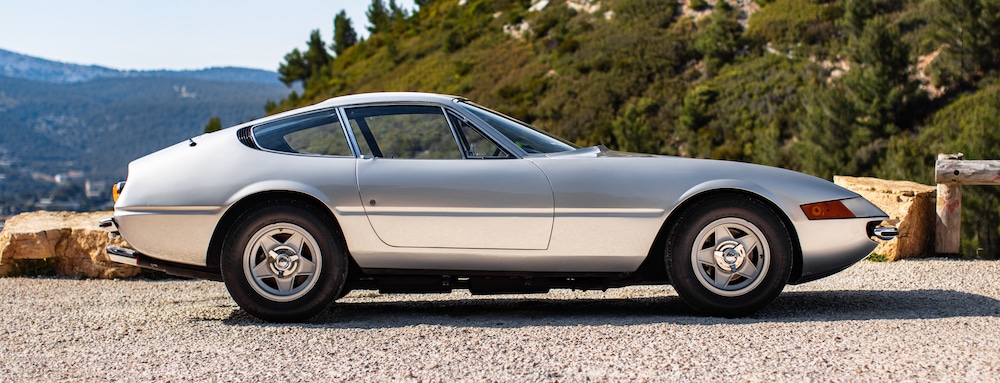
1969 Ferrari 365 GTB/4 Daytona coupe
Lot 153, Condition: 3
S/N: 12525
Sold price: $684,008 (€606,875)
The Basics:
Early Daytona with Perspex covered lights. The 12th production example built, and said to be in generally original condition with matching numbers engine and gearbox. Was originally delivered in Italy and spent 30 years in storage in the U.S. before being brought back to Europe by Mr. Guikas in 2016.
Pickering says:
The Daytona has the distinction of being a V12 icon built during a golden era of sports car production, but it was built in high enough numbers (1,284 total) to keep it generally available on the market at any given time. The key for buyers is to find a really great example, and this car was certainly that.
I’ve often thought of the Daytona as a good indicator of the state of the market because of where it sits between accessibility and exclusivity, as well as because of its sound and style. We’ve watched the market sit at around $600k on good Daytona coupes for a while now, but again, when it comes to great examples with the right provenance, the numbers get a little more flexible — we saw this with a ’73 that Gooding sold back in Pebble Beach this past August for $797k, and again with this car from the Guikas Collection. This was strong money as well, but this was a strong car, too.
As with everything else here, the provenance made a difference in this one’s sale, but that wasn’t the only factor at play. The current market enthusiasm for great cars drove this price.








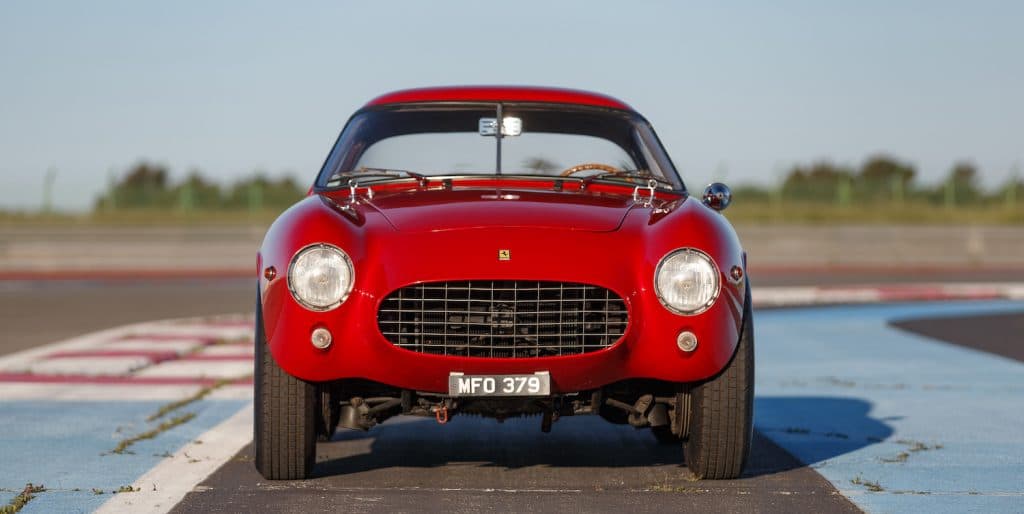




More Stories
Mecum Kissimmee Brings 4,500 Cars to Auction
Bonhams|Cars Offers 1967 Lamborghini Miura P400 at Scottsdale Auction
Watch: Mecum Presents Steve McQueen 917K